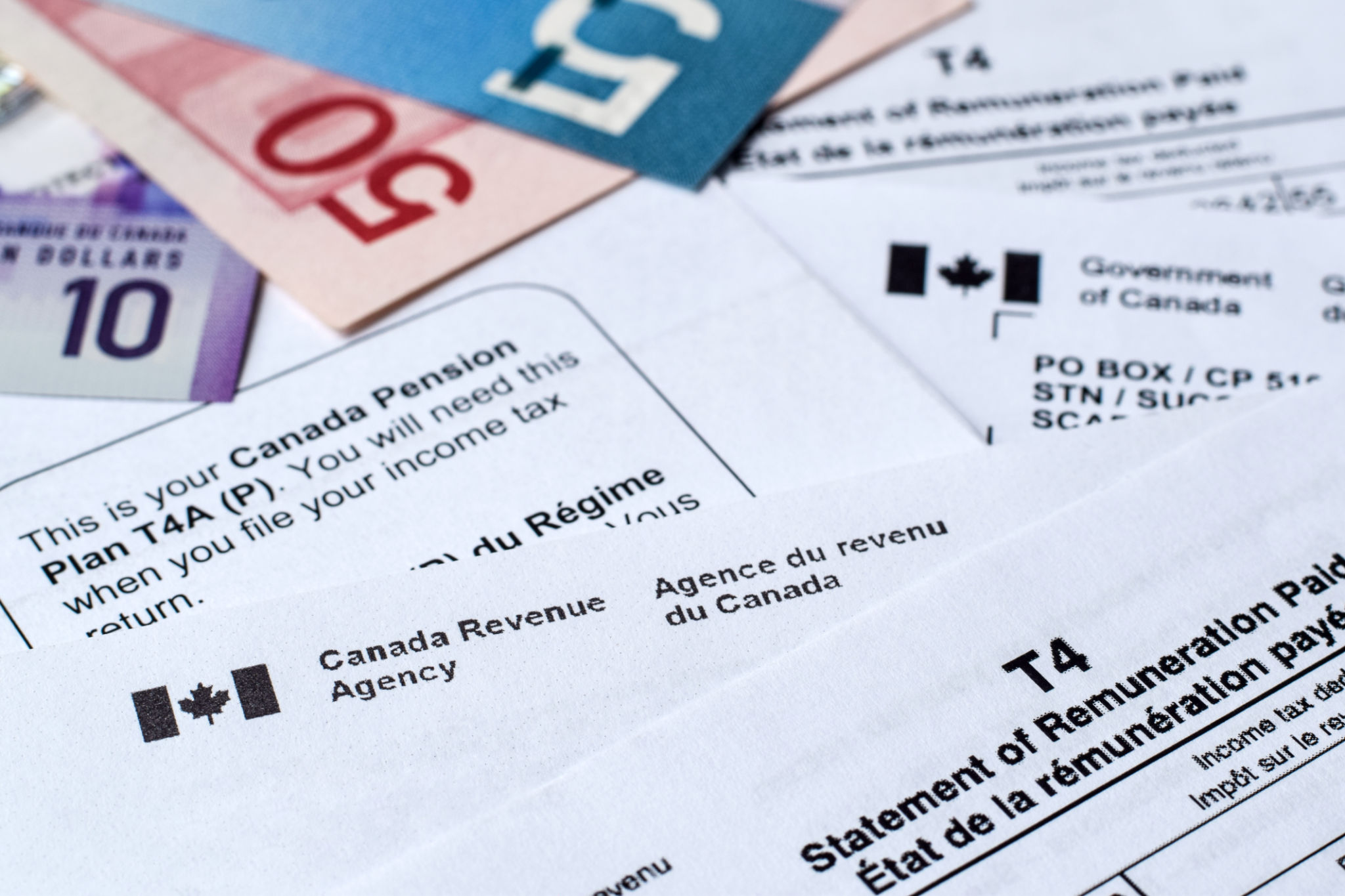How to Apply for Tax Credits: A Step-by-Step Guide
Understanding Tax Credits
Tax credits can significantly reduce the amount of tax you owe, making them a valuable financial tool. Unlike deductions, which lower your taxable income, tax credits decrease your tax bill directly. Knowing how to apply for these credits can save you a substantial amount of money each year.

Step 1: Determine Eligibility
The first step in applying for tax credits is determining your eligibility. There are various types of tax credits, such as those for education, energy efficiency, and family size. Review the requirements for each credit to see if you qualify. Your eligibility may depend on factors like income level, filing status, or specific life events.
Common Types of Tax Credits
Some common tax credits include the Earned Income Tax Credit (EITC), Child Tax Credit, and Education Credits like the American Opportunity Credit and Lifetime Learning Credit. Each of these has distinct eligibility criteria, so it's crucial to understand what each one entails.
Step 2: Gather Necessary Documentation
Once you determine which tax credits you are eligible for, gather all necessary documentation. This may include income statements, receipts for qualifying purchases, and any other relevant records. Having these documents organized will make the application process smoother and help avoid any potential delays.

Key Documents for Common Credits
For example, if you're applying for education credits, you may need Form 1098-T from your educational institution. For energy efficiency credits, retain receipts and product information for energy-saving appliances or renovations.
Step 3: Complete the Application
The next step is completing the application process. Most tax credits are applied for when filing your annual tax return. Ensure you're using the correct forms and providing accurate information to avoid any issues with your submission.
- Use the IRS website or tax software to find and fill out the necessary forms.
- Double-check all entries for accuracy before submission.
- If needed, consult a tax professional for guidance.

Step 4: Submit Your Application
Once your forms are filled out and reviewed, it's time to submit your application. If filing electronically, most tax software will guide you through the submission process. If you're mailing your return, ensure it is postmarked by the deadline to avoid penalties.
Follow-Up and Confirmation
After submission, keep an eye out for confirmation from the IRS or your tax preparer that your application has been received and processed. In some cases, additional documentation may be requested, so be prepared to provide any further information promptly.
Conclusion
Navigating the process of applying for tax credits can initially seem challenging, but with a clear understanding and proper preparation, it can be straightforward and rewarding. By following these steps, you can maximize your savings and ensure that you take full advantage of the tax credits available to you.